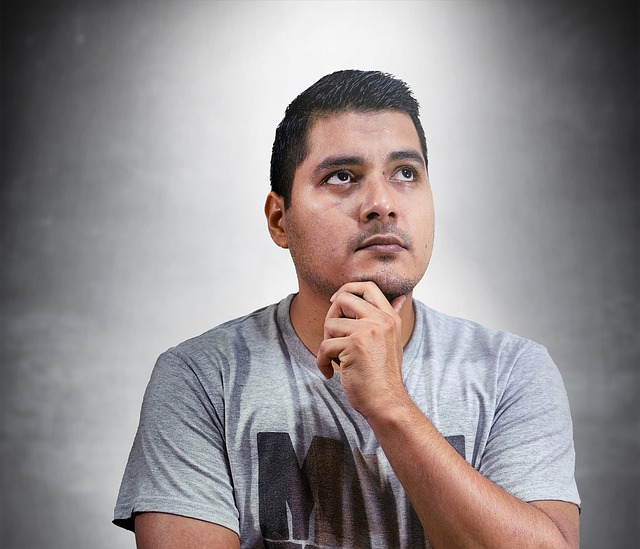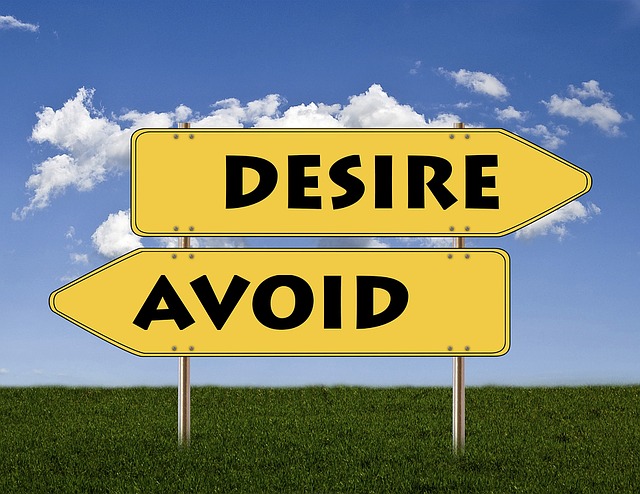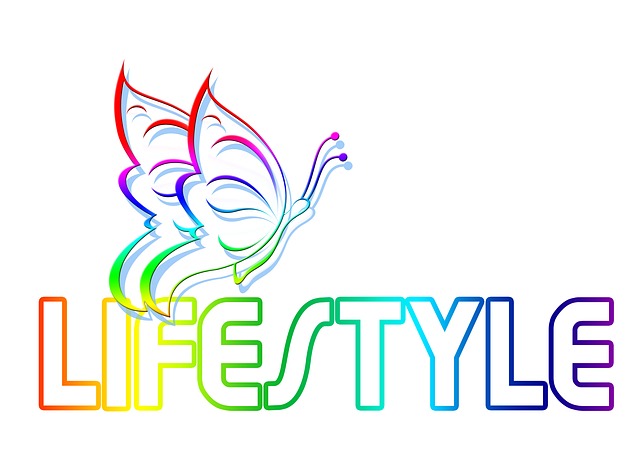In a recent podcast interview, Tami Simon, founder of Sounds True and Sibyl Chavis, her Chief Business Officer (B2C Division), discussed Combining Strength and Sensitivity to become a sustainable force for good in the world. The interview was conducted by Richard Taubinger, CEO of Conscious Marketer.
The conversation focused on finding your purpose in life through intuitive sensing of the needs of others and the emergent energy for change, and aligning the pursuit of that purpose with your unique life experience, skill set and ever-deepening and expanding knowledge base. The pursuit of your life purpose is then undertaken with “deep care” (sensitivity) and the strength of a resilience that can overcome obstacles and adapt to a constantly changing environment. Tami spoke for instance of her skill in asking questions which has led to Insights at the Edge podcast series – interviews with the world’s leading teachers including mindfulness expert, Jon Kabat-Zinn. A recent addition to the podcasts is a 3-Part Series titled, Healing Racism, with Dr. Tiffany Jana.
To enable others to pursue their life purpose with strength and sensitivity, Tami and her team, in collaboration with her global network of experts, has developed the Inner MBA – a nine-month intensive program with more than 30 world leaders (including experienced and successful CEOs and experts in neuroscience, mindfulness, conscious marketing and practices for gaining insight and wisdom).
The Inner MBA program incorporates monthly video/audio training, facilitated online learning pods, a virtual curriculum for at-home learning and modelling of “practice skills”. This is a crowning achievement built in collaboration with LinkedIn, Wisdom2.0©, and New York University and addresses the gap in traditional MBAs by focusing on inner development as well as the knowledge and skills to succeed in business in today’s turbulent world.
Finding your true purpose in life
During the interview podcast, both Tami and Sibyl shared their life experiences and the influences that brought clarity about their life purpose and led them to the roles they play today in bringing conscious living and mindfulness to the world at large. Tami contrasted what is available through the Inner MBA with the lack of mentors when she established Sounds True in 1985 in her early 20’s. There were very few business founders/CEOs who were genuinely socially conscious and spirituality oriented, and of those that were, women were very much in the minority.
Tami had to forge her own way without today’s mentors and to learn “to listen, attune and lead” to create the global, multimedia company that is Sounds True today – bringing mindfulness and spirituality to businesses and the lives of millions of people. She pointed out that developing the requisite sensitivity and strength required a lot of “inner work” and the willingness to explore the depths of her heart and mind.
Sibyl’s career started as a corporate attorney, a profession she had in common with her husband, until one day they asked themselves “Is there more to life than what we have here?” A catalyst for changing Sibyl’s career and life direction was a sign in a hotel which read, “Life is about creating yourself”. Both she and her husband quit their jobs on the same day. Her husband became a film director and TV writer and Sibyl established Ripple Agency, “a full service digital marketing and creative agency”, and became a writer through her blog, The Possibility of Today. Ripple strives to assist businesses to “engage in purpose driven initiatives to give back to their target customer’s communities”. The Possibility of Today blog aims to help people overcome their negative self-stories, pay attention to the potentiality of the present moment, find more clarity about their life purpose and “to take action on things they always wanted to do” – thus transforming their lives.
Sibyl had developed her digital marketing skills through her experience in corporate America and had been a consumer of the digital products produced by Sounds True. Her journey to find her true home as Chief Business Officer for Sounds True required persistent self-questioning and tapping into her intuition through mindfulness practices. She came to realise that her knowledge base, skill set, work experience and life orientation were very much in alignment with the mission of Sounds True.
Sibyl’s life journey reinforces the fact that the inner journey creates the outer reality – persistence and tuning into intuition are necessary ingredients. The self-exploration is necessary to unearth our self-protection mechanisms and self-sabotaging behaviours.
Reflection
Unearthing our life purpose and having the courage to bring our work and life into alignment with it, require persistence and resilience and the pursuit of congruence (alignment of words and actions). Meditation, reflection and self-questioning can help us to grow in mindfulness and build our self-awareness, self-regulation and connection to our intuition and creative capacities.
Too often we become discouraged with our lack of progress in identifying our life goal and how to achieve alignment. We can easily give up and settle for something that is less than the best we can be. Mindfulness practices can help us maintain our pursuit and overcome the obstacles we encounter on the way. For example, Lulu & Mischka through their mantra meditation, Jaya Ganesha, can help us to appreciate the mystery and potentiality of each day.
__________________________________________
Image by Susan Cipriano from Pixabay
By Ron Passfield – Copyright (Creative Commons license, Attribution–Non Commercial–No Derivatives)
Disclosure: If you purchase a product through this site, I may earn a commission which will help to pay for the site, the associated Meetup group and the resources to support the blog.







